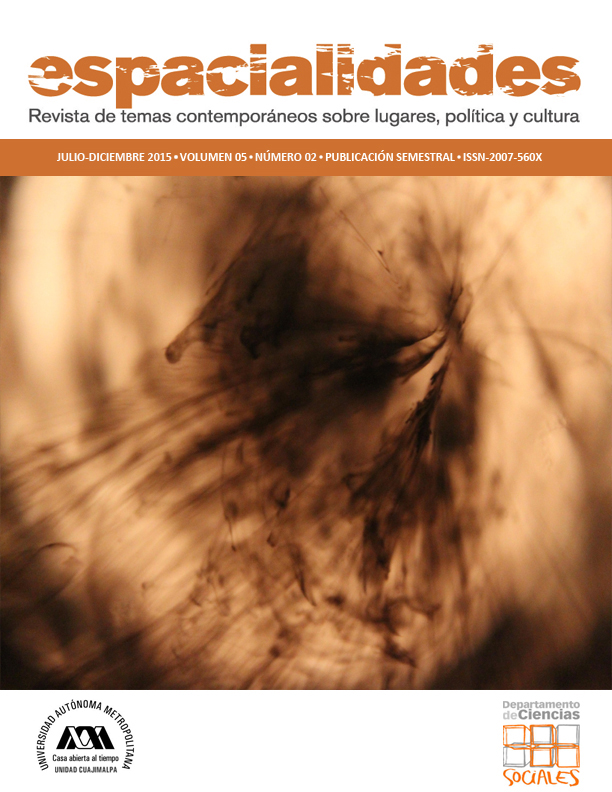The Dimension of Indigenous Territoriality: The Rarámuri Comunity of Choréachi
Main Article Content
Abstract
This article addresses the ontological and normative displacement of indigenous communities historically exercised by the State. This fact has allowed the structuration of conditions that facilitate the possession and/or ownership, use and access of the territories to some, while it is made difficult to other groups with particular attributes. In retrospect, the logical imposition and segmentation of land regimes in accordance with state’s prospects, visions and interests have played a fundamental role in the disintegration and loss of indigenous territories. A broader and more inclusive rights’ recognition of different collective subjects, requires understanding of the own and historical dynamics of resistance and exercise of territorial rights by communities, as it is exemplified by the Choréachi case study.

